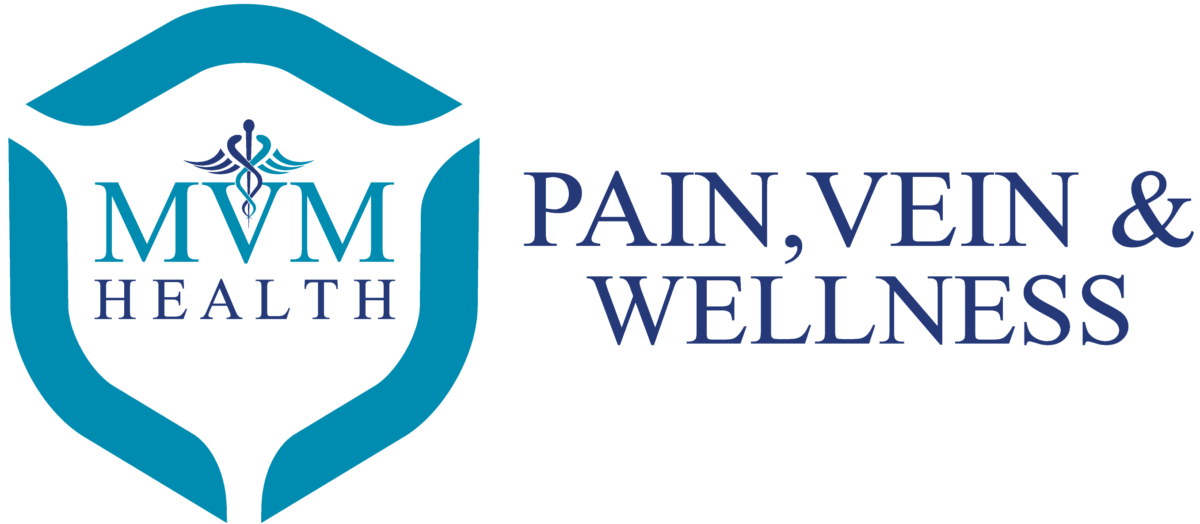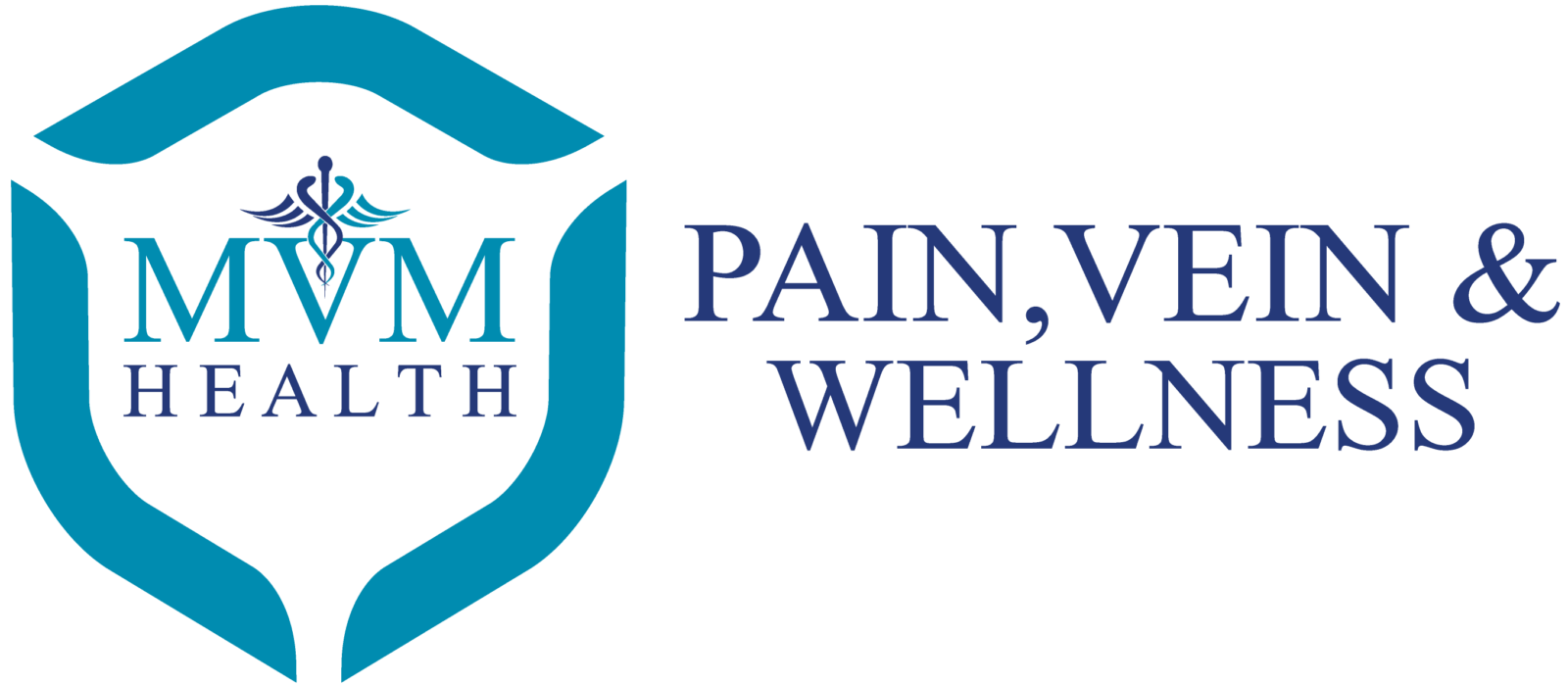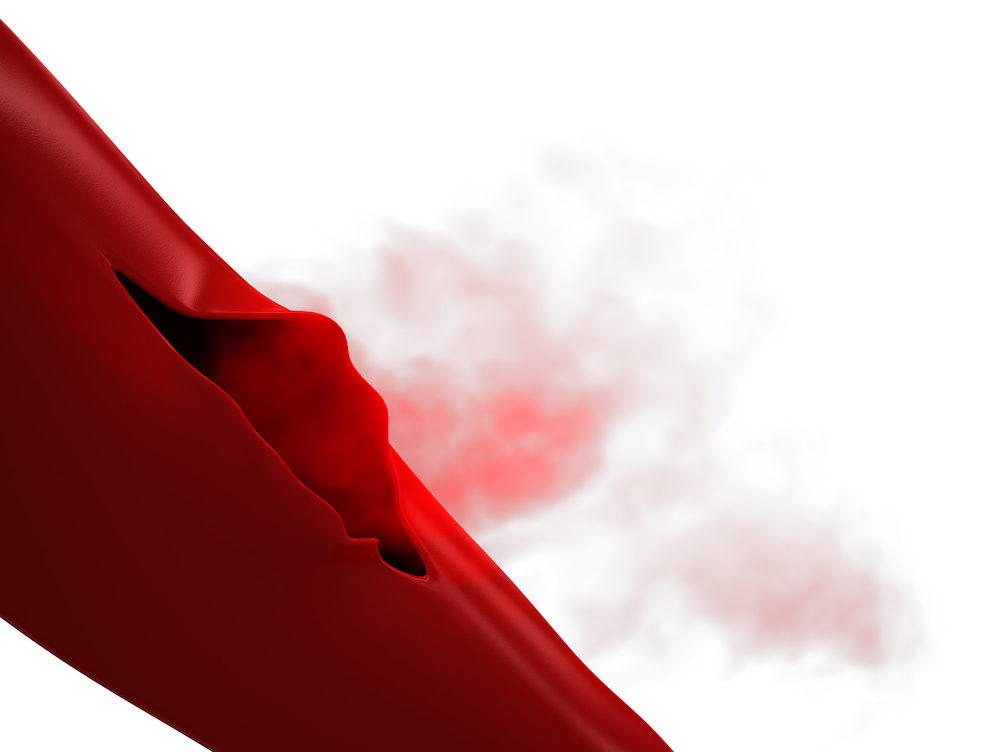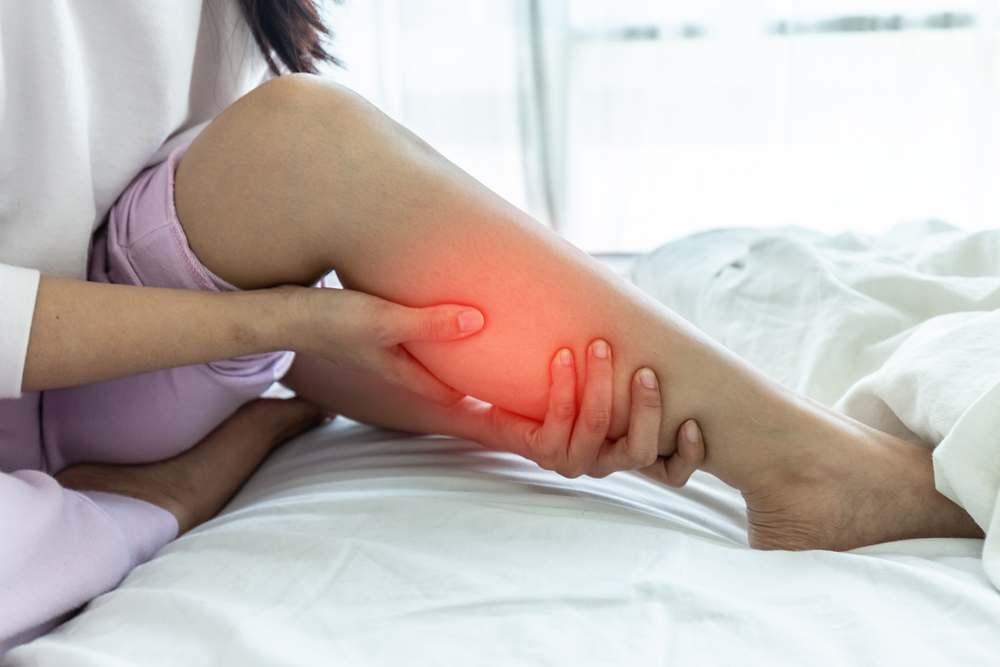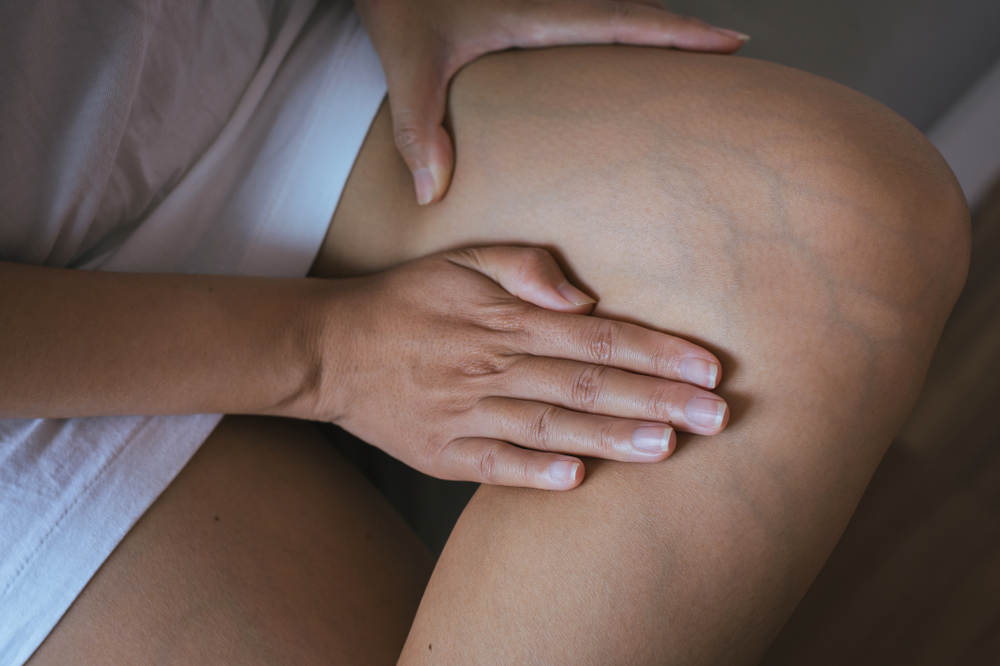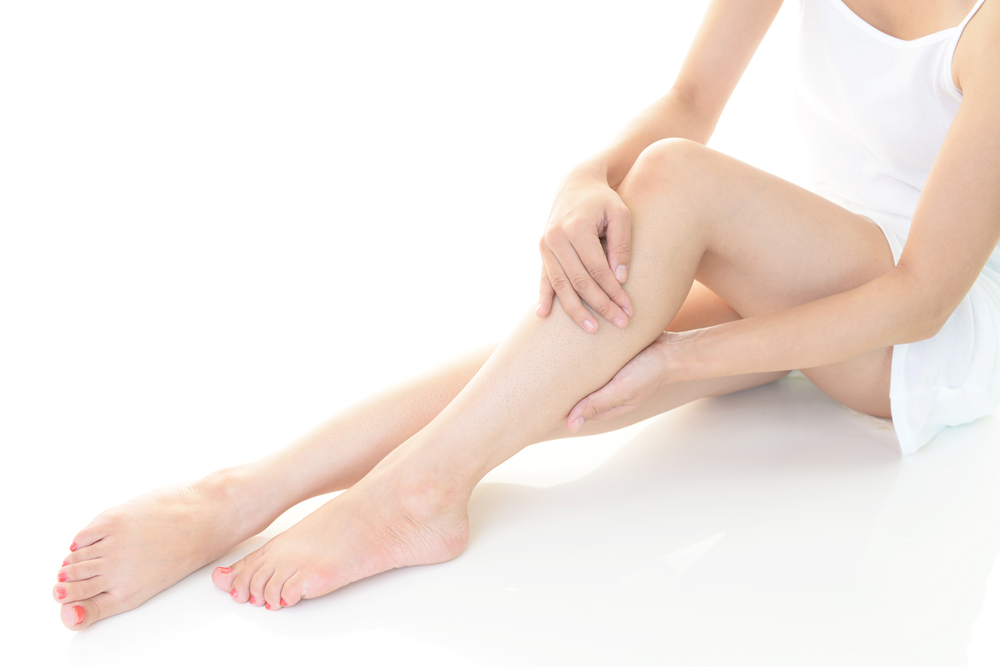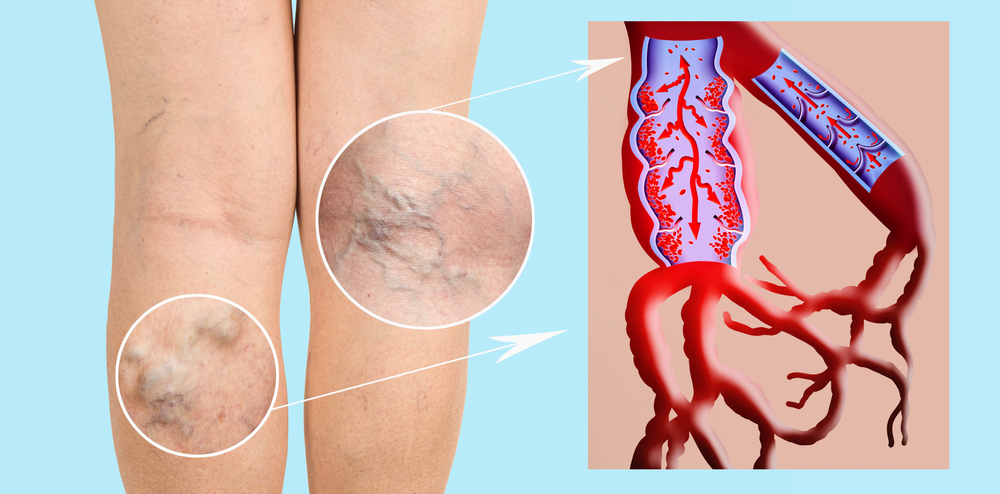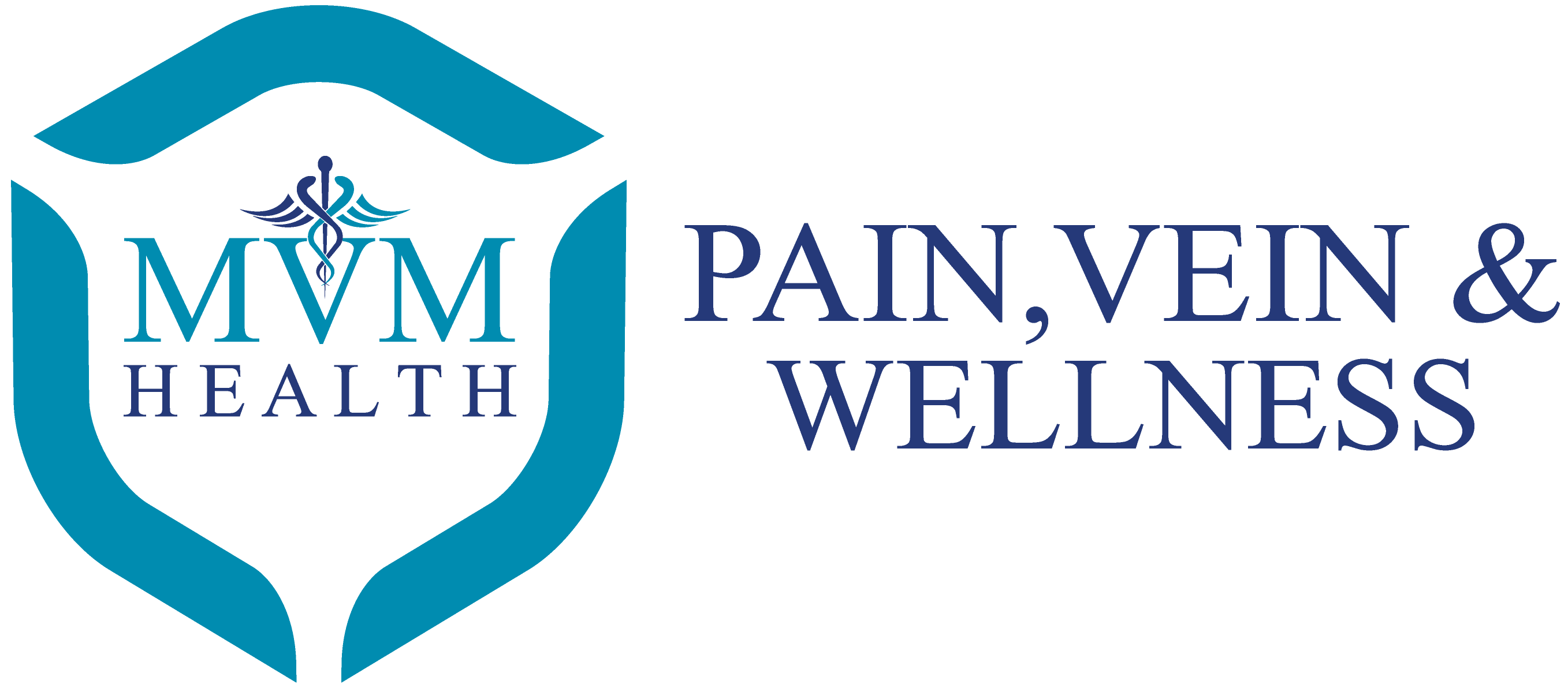Varicose veins are a common vascular condition, often presenting as twisted, enlarged veins visible beneath the skin. While they can develop anywhere in the body, they are most frequently found in the legs due to the added pressure exerted by standing and walking. Though typically not life-threatening, varicose veins can pose significant health risks if they rupture. Understanding the potential consequences of burst varicose veins is critical for those affected and underscores the importance of timely medical intervention.
1. Bleeding
One of the most immediate consequences of a burst varicose vein is external bleeding. Since varicose veins are located near the surface of the skin, any rupture can result in significant blood loss. The thin walls of these veins, combined with the increased pressure inside, make them particularly prone to rupture, especially in areas prone to trauma or friction.
In some cases, the bleeding might appear minimal at first, but due to the vein’s close proximity to the skin’s surface, it can become profuse quickly. This can be especially dangerous for elderly people or those with poor wound healing capabilities, potentially leading to severe blood loss. Immediate pressure on the site is necessary to control the bleeding, followed by medical attention to prevent complications.
2. Infection
A rupture in the skin from burst varicose veins opens a direct pathway for bacteria to enter the body, significantly raising the risk of infection. Open wounds, especially those caused by persistent bleeding, can serve as a breeding ground for bacteria. If left untreated, this can result in localized infections such as cellulitis, or even systemic infections like sepsis in severe cases.
Preventing infection requires careful cleaning and dressing of the wound. Patients must monitor the site for signs of redness, swelling, warmth, or discharge, which are all indicators of infection. Antibiotics may be prescribed if infection is suspected, and severe cases may necessitate more aggressive treatments, including hospitalization.
3. Ulceration
Ruptured varicose veins can contribute to the formation of venous ulcers, particularly in people with chronic venous insufficiency. These ulcers, often found on the legs, develop when the skin does not heal properly after a rupture. The poor blood flow associated with varicose veins impairs the body’s ability to repair the skin, leaving an open wound that can persist for weeks or even months.
Ulcers caused by burst varicose veins are not only painful but also prone to infection and further complications. They can significantly reduce quality of life, as they are often difficult to treat and may require long-term wound care, compression therapy, or even surgical intervention to promote healing.
4. Deep Vein Thrombosis (DVT)
While varicose veins are a superficial issue, their presence can sometimes indicate deeper venous problems, such as deep vein thrombosis (DVT). A rupture or trauma to varicose veins can increase the risk of clot formation. In some cases, clots from superficial veins may extend to the deep veins, leading to DVT.
DVT is a serious condition where a blood clot forms in the deep veins, often in the legs. If the clot breaks loose, it can travel to the lungs, causing a life-threatening pulmonary embolism. Patients with a history of varicose veins, especially those who experience a rupture, should be aware of the symptoms of DVT, including leg pain, swelling, and redness, and seek immediate medical evaluation if these occur.
5. Skin Discoloration and Scarring
Burst varicose veins can lead to lasting cosmetic changes, including skin discoloration and scarring. After a rupture, the skin may develop a brownish, stained appearance, a condition known as hemosiderin staining. This occurs when blood cells leak into the surrounding tissue, leaving behind iron deposits that darken the skin.
Over time, repeated ruptures or chronic ulcers can result in permanent scarring, especially if wounds do not heal properly. This can be aesthetically unappealing and, in some cases, lead to further discomfort or sensitivity in the affected area. Preventing long-term skin damage involves not only addressing the burst vein but also managing the underlying venous insufficiency to reduce the likelihood of recurrence.
6. Pain and Swelling
While varicose veins themselves can be uncomfortable, a rupture exacerbates the pain and swelling in the affected area. When a varicose vein bursts, blood leaks into the surrounding tissues, leading to inflammation and discomfort. This can result in significant pain, particularly if the area becomes infected or ulcerated.
Swelling is also common, especially in the legs, where gravity further impairs blood flow. This can make walking or standing difficult, reducing mobility and potentially leading to further complications like blood clots or pressure sores if left untreated. Compression therapy, combined with elevating the affected limb, is often recommended to alleviate pain and swelling.
7. Emotional and Psychological Impact
Dealing with burst varicose veins can take a toll not only on physical health but also on emotional and psychological well-being. The appearance of varicose veins can already cause self-consciousness for many people, and the added worry of rupture, bleeding, and potential complications can heighten anxiety and stress.
For those who experience recurrent issues, the fear of rupture might lead to reduced activity levels, social withdrawal, or difficulty maintaining an active lifestyle. Addressing the psychological impact often involves seeking support from healthcare professionals, managing symptoms proactively, and considering treatment options to improve vein health and appearance.
Prevention and Treatment of Burst Varicose Veins
The potential consequences of burst varicose veins underscore the importance of prevention and timely treatment. Preventative measures include wearing compression stockings, maintaining a healthy weight, and avoiding prolonged periods of standing or sitting. Regular exercise helps improve circulation and can reduce the likelihood of varicose veins worsening or rupturing.
For people with existing varicose veins, treatment options range from conservative management to more invasive interventions. Sclerotherapy, laser therapy, and vein ablation are common minimally invasive procedures used to close or remove problematic veins. In more severe cases, surgical options such as vein stripping may be considered to prevent future complications.
Conclusion
The consequences of burst varicose veins can range from minor discomfort to serious health risks like infection, ulceration, or deep vein thrombosis. Early detection, treatment, and proper wound care are crucial in managing these outcomes. If you experience symptoms of a burst varicose vein, seeking medical attention promptly can help prevent complications and ensure better long-term health outcomes. Contact a healthcare professional for an assessment and explore available treatment options to reduce the risks associated with varicose veins.
